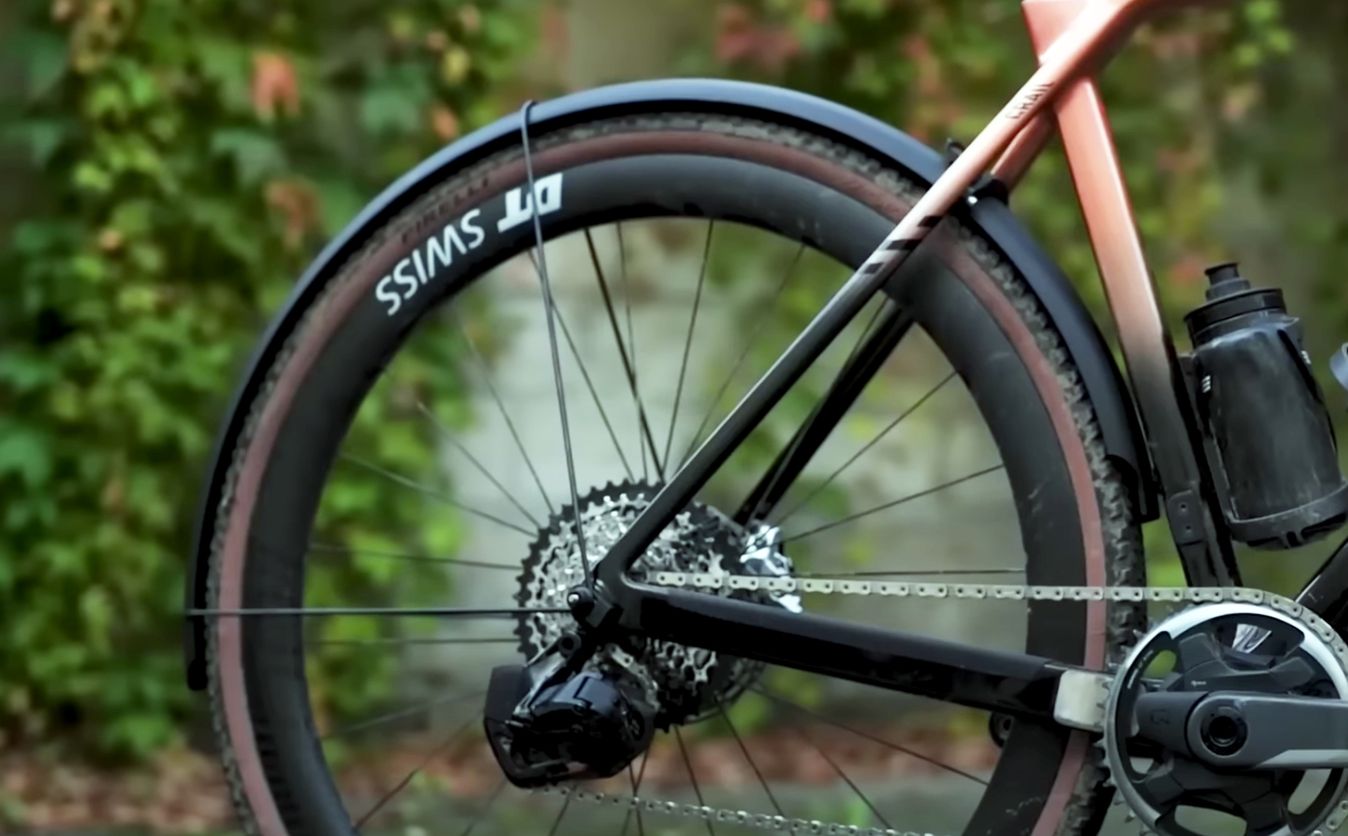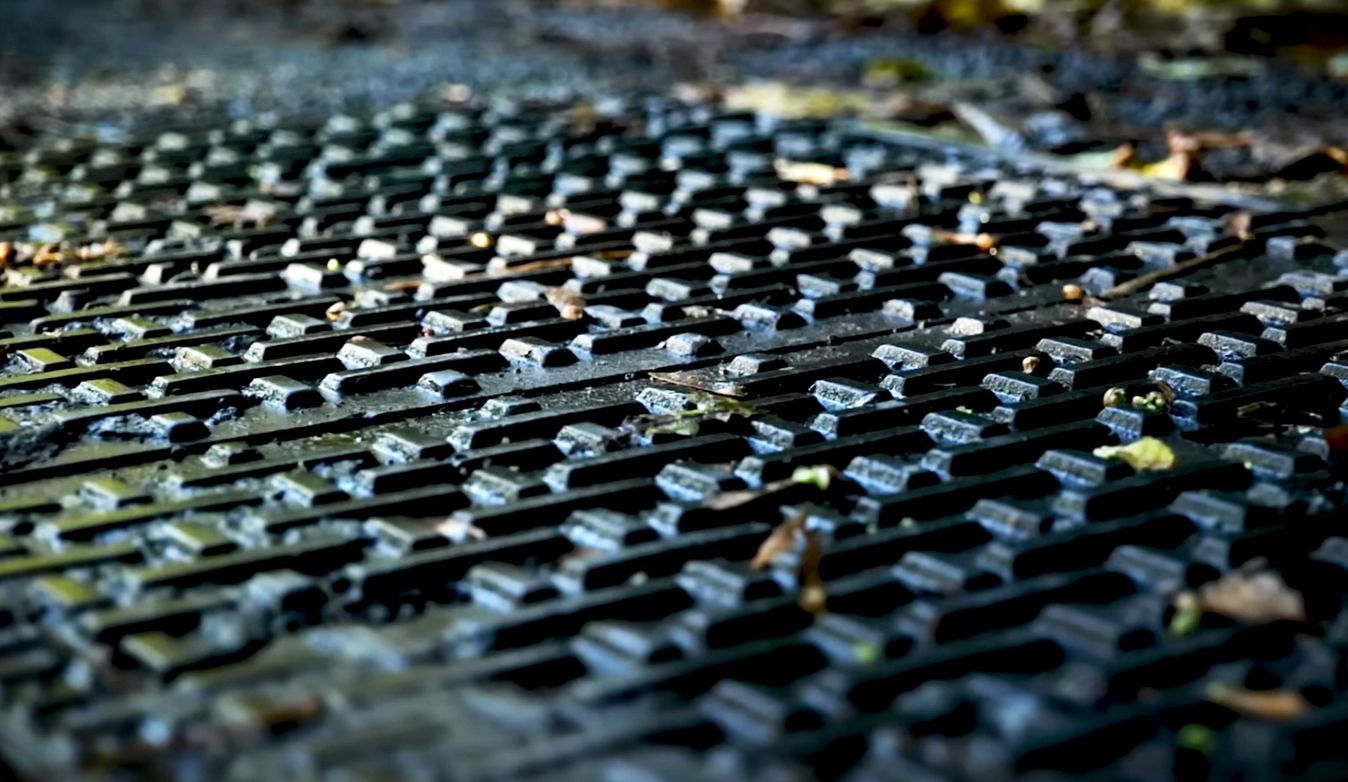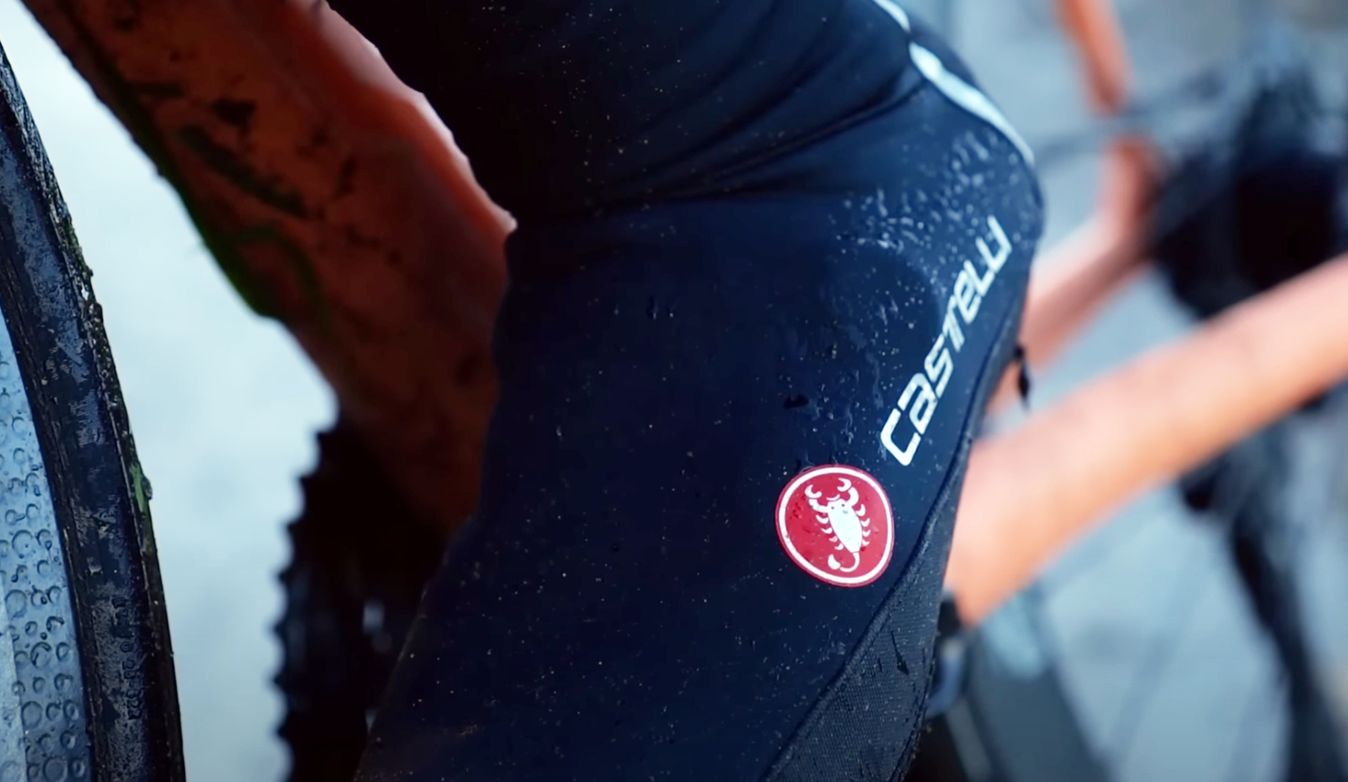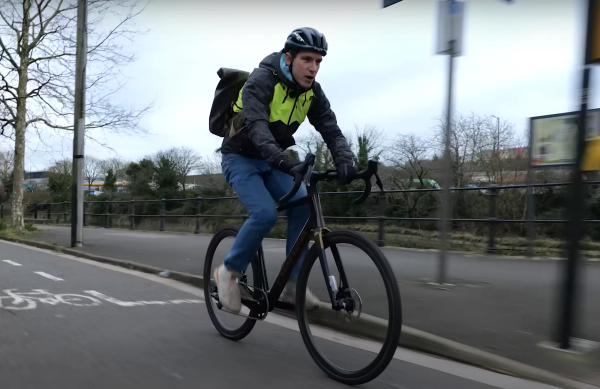Cycling in the rain: 8 top tips for staying safe and comfortable
Here’s how to continue riding outdoors when the rain is pouring
Tom Hallam-Gravells
Online Production Editor
The growth of turbo training technology has made riding indoors through autumn and winter easier than ever before, leading to an ever-growing number of fair-weather cyclists. Many of our own presenters fall into this category, choosing to hibernate indoors to the cosier climes of their pain cave rather than brave the rain.
That’s totally understandable because, let’s be honest, there’s nothing worse than being caught in a deluge. But what about when the rain isn’t that bad; do we really need to take our riding indoors because of a little drizzle?
While it may not sound like it, riding through moderate rain can still be lots of fun, as long as you follow these top tips.
Always use a mudguard

© GCN
Mudguards are essential when riding in the rain as they help restrict spray and debris from flying up
If you know other people who cycle through winter, you’ve probably heard them raving about mudguards. Don’t ignore them as mudguards are great.
A full mudguard set will protect you from the gunk and grime that sprays up from your tyres. Even if you don’t mind getting sprayed, we can guarantee your cycling buddies won’t appreciate it.
It’s best to use a full-mounted or clip-on mudguard set, which will sit just above the tyres, but you can also attach a small ass saver to your saddle solely to protect your rear end - like the selection of GCN ass savers on our website.
We’d recommend keeping mudguards on throughout winter, even when it’s not raining, because the roads will often still have plenty of dirt and grime across them.
- Read more: How to fit mudguards to a bike
Protect your phone!
People don’t tend to stray too far from their mobile phones nowadays and that applies to cycling too. That’s a good thing as a phone is a safety essential that can help get you out of any sticky situations.
The only problem is, when it’s raining, there’s a good chance your phone will get wet. That shouldn’t be a problem as most modern phones are waterproof, but it’s still better to be cautious by wrapping them in a plastic bag.
There’s also nothing more frustrating than trying to use a phone that’s got a wet screen, which becomes a nightmare when you have nothing dry to wipe it with, something that won’t be a problem if you use a plastic bag.
Pick your route wisely
When riding outdoors, it’s nice to escape busy roads for calm country lanes. This is great in summer, but in winter it can pose problems as the road surfaces aren’t as well maintained. That means plenty of run-ins with a cyclist’s biggest nemesis: potholes!
These pesky holes can also be worse on smaller country roads because of all the heavy farming vehicles that travel over them, churning up the weakened surface. Making matters worse, farm vehicles spread all sorts of dirt and grime on roads - the type that you definitely wouldn’t want flicking up into your face.
So, try to pick a route where these issues won’t be a problem. That doesn’t mean picking busy roads, but something that provides a happy medium.
Pay attention to the road surface
Rain makes cycling more treacherous, which is why many cyclists choose to avoid it. However, as long as you pick your line carefully, it’s fairly easy to avoid any potential hazards.
The biggest culprits on this front are drains. When they’re wet, drains are like blocks of ice, which isn’t good news for any cyclists riding over them who are likely to skid. This is more likely to happen when cornering, so proceed with caution.

© GCN
Try to avoid drain covers which can be super slippy in the wet
Road markings are the other main culprit. Ride slowly over these and try to avoid braking too hard or taking sharp turns while your wheels are on them.
Finally, we return to our old friends, potholes. If you’re looking ahead, they should be easy enough to avoid, but it’s ones that are hidden underneath puddles that can catch you out. So, avoid riding over puddles wherever possible, especially if they appear to be deep.
Illuminate yourself and your bike
Making yourself and your bike bright and easily visible is important even when it’s not raining, but it becomes even more important in gloomy weather.
It doesn't matter what time of the day it is, your rear and front lights should be on at all times. This will help motorists to spot you. Why stop there, though? There are now multiple types of lights available, from helmet-mounted options to lights that you can attach to your body, so use as many as possible.
Just remember to charge everything before heading out for a ride. You don’t want to get halfway through a ride, only for everything to go dead.
Wear overshoes

© GCN
Overshoes will protect your feet while riding in rain, keeping them dry and therefore warm
No one likes having wet feet, especially when you’ve got to put up with them during a ride.
Most cycling shoes are built with ventilation in mind and not protection from the rain. If you head out with only your cycling shoes on, your feet will be soaking in minutes. The simple solution is overshoes.
These slip over your shoes to provide an extra layer of protection. Not all of them are waterproof, so double-check this before purchasing any, otherwise you’ll get a nasty surprise when you test them out in the rain for the first time.
Avoid the rain
Okay, this last point appears to contradict the whole article, but hear us out. While it’s perfectly safe to ride through rain, not to mention fun, things can soon head in the opposite direction if the rain becomes heavy. At that point, a ride is just miserable.
Check weather apps before heading out for a ride to see when and where the rain is at its worst. You can then plot a route to avoid the areas that are hit badly. And if it’s really unpleasant all day, there’s nothing wrong with settling for a turbo training session instead. If you need any turbo training help you can check out our ultimate guide, here.







.jpg?w=600&auto=format)



